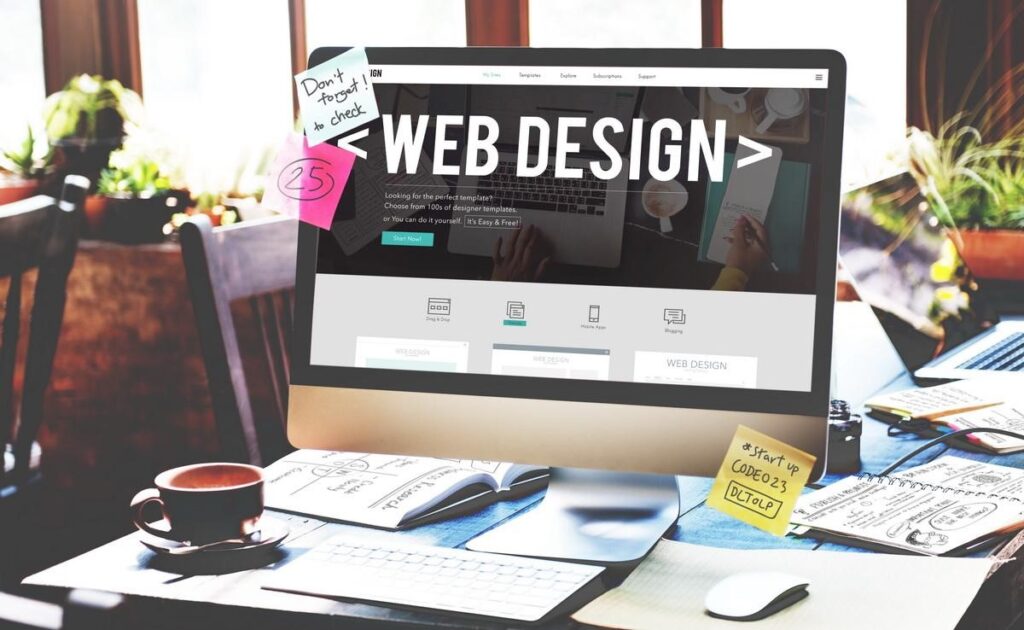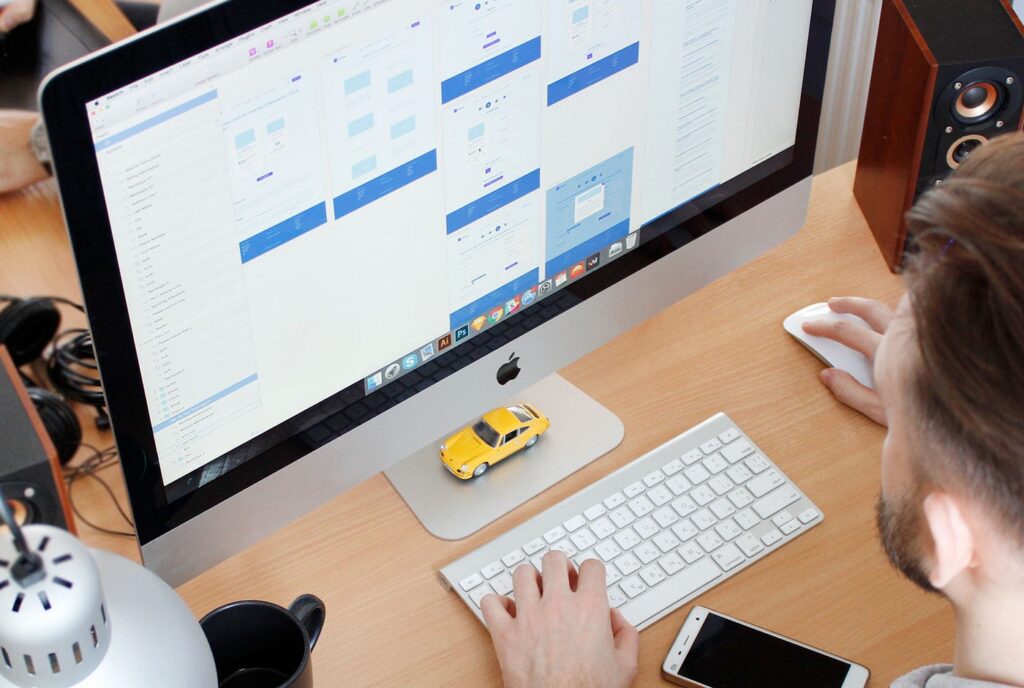
In today’s digital age, a website is often the first point of contact between a business and its customers. It is crucial for businesses to have a site that not only looks good but is also functional and user-friendly. This is where effective web design comes into play. It encompasses various elements that help create a website that is visually appealing, easy to navigate, and meets the needs of its users.
From aesthetics to functionality, there are several key elements that are essential in creating an effective web design. We will explore how these elements can help businesses create a site that stands out in a highly competitive market and provides a seamless user experience.
Table of Contents
Understanding User Experience: The Foundation of Effective Web Design

Source: designer-daily.com
User experience (UX) is a critical component of web design. It refers to the way users interact with a website and how they perceive the overall experience. UX design aims to improve usability, accessibility, and user satisfaction by enhancing the site’s functionality and usability. The web design Dubai market is highly competitive, and UX design is a key element in setting a website apart from the rest.
To create a successful site, it is important to understand the user’s needs, preferences, and behavior. This involves analyzing user data, conducting user research, and designing user-centered interfaces. Understanding the user’s context, goals, and expectations helps to create a seamless and enjoyable user experience.
Aesthetics and Visual Design: Balancing Form and Function

Source: webtrainings.in
Aesthetics and visual design play an important role in web design. Aesthetics refer to the visual appeal of the website, while visual design encompasses the visual elements used to communicate information and enhance the user experience. The aesthetic appeal of a site is critical in attracting and retaining users.
Effective web design strikes a balance between aesthetics and functionality. While aesthetics can help create a visually appealing website, it should not come at the expense of functionality. The visual design should be easy to understand, consistent, and help users navigate the site easily.
Responsive Design: Designing for Multiple Devices and Screen Sizes
Responsive design is an approach that aims to create a website that looks good and functions well on different devices and screen sizes. With the rise of mobile devices and the increasing number of users accessing sites through their smartphones, responsive design has become an essential element of web design.
It involves creating a flexible and adaptable website layout that adjusts to different screen sizes. This ensures that the site is accessible and user-friendly across different devices and platforms. With responsive design, users can access the site from anywhere, using any device, without experiencing any issues.
Navigation and Information Architecture: Organizing Content for Easy Access

Source: uxplanet.org
Navigation and information architecture are critical elements of effective web design. Navigation refers to the way users navigate through a website, while information architecture involves organizing its content in a logical and intuitive way. In web design, effective navigation and information architecture can help users find what they are looking for quickly and easily.
Navigation should be easy to use and intuitive. Users should be able to find what they are looking for quickly and easily. The website’s information architecture should be organized in a way that makes sense to users. This involves grouping related content together and using clear and concise labels and menus. This is especially true for website visitors with disabilities who rely on their screen readers and other assistive technology to properly navigate your website. You can assess your site’s navigation level of friendliness by using a web accessibility tester.
Website Performance and Loading Speed: Enhancing User Experience
Website performance and loading speed are important elements of web design. Users expect sites to load quickly, and a slow-loading website can lead to user frustration and abandonment. In web design, website performance and loading speed are essential to providing a seamless user experience.
Optimizing its performance involves reducing page load times, minimizing file sizes, and optimizing images. This helps to ensure that the website loads quickly and efficiently, even on slow connections. The faster its loads, the better the user experience.
Accessibility and Inclusivity: Designing for All Users
Accessibility and inclusivity are important considerations in web design. A website should be designed to be accessible and usable by all users, regardless of their abilities or disabilities. In web design, accessibility and inclusivity are important in ensuring that all users can access and use the website.
Designing for accessibility involves considering the needs of users with disabilities, such as those who are visually impaired or have limited mobility. This involves using clear and concise text, providing alternative text for images, and ensuring that the website is navigable using a keyboard. Inclusivity involves designing for all users, regardless of their race, gender, or socioeconomic status. This involves using inclusive language, imagery, and design elements that cater to a diverse audience.
User Testing and Iteration: Continuously Improving Design for User Needs

Source: enginess.io
User testing and iteration are critical elements of effective web design. User testing involves gathering feedback from users and using that feedback to improve the website’s design and functionality. In web design, user testing and iteration can help improve the website’s performance, user experience, and overall effectiveness.
User testing involves gathering feedback from users through surveys, interviews, and usability testing. This feedback is used to identify areas where the website can be improved. Iteration involves making changes to the website based on the feedback received from users.
Conclusion
Effective web design is critical in creating a website that is accessible, usable, and user-friendly. To create a successful website, it is important to understand the user’s needs and preferences and design a website that meets those needs.
Balancing aesthetics and functionality, designing for multiple devices and screen sizes, organizing content for easy access, optimizing website performance and loading speed, designing for accessibility and inclusivity, and continuously improving the website through user testing and iteration are essential elements of effective web design. By incorporating these elements into the design process, web designers can create websites that meet the needs of users and provide a seamless and enjoyable user experience.







